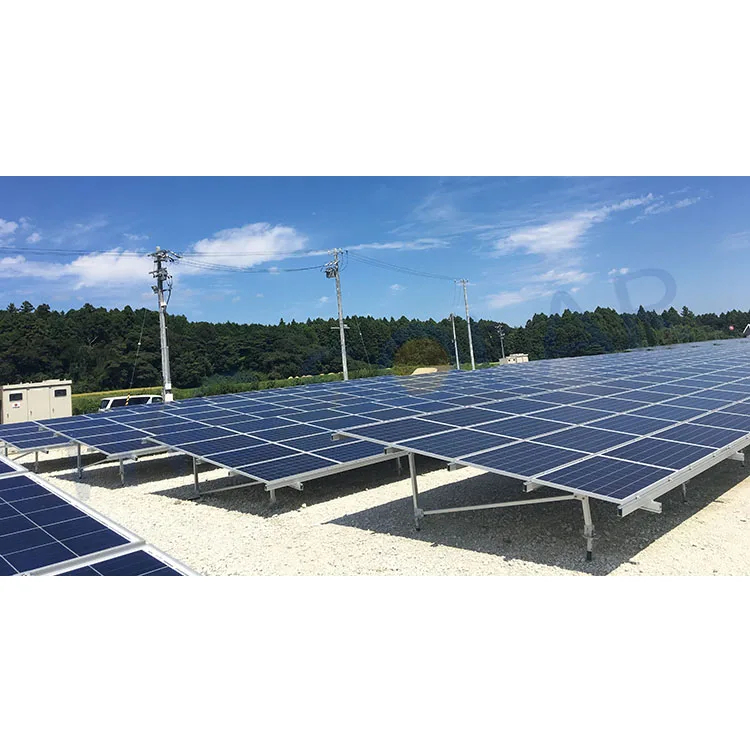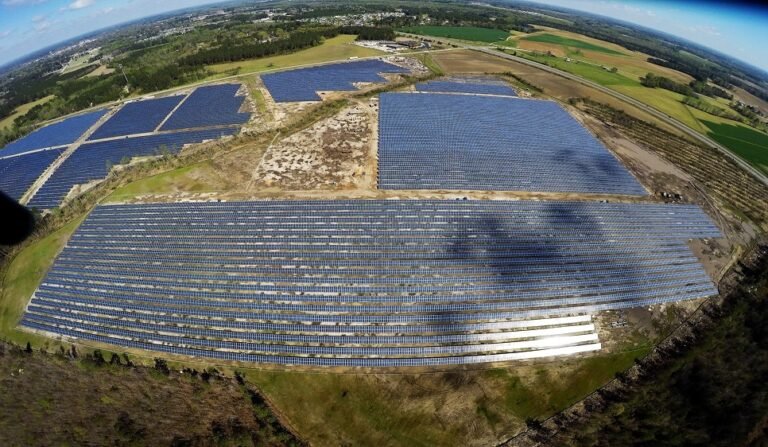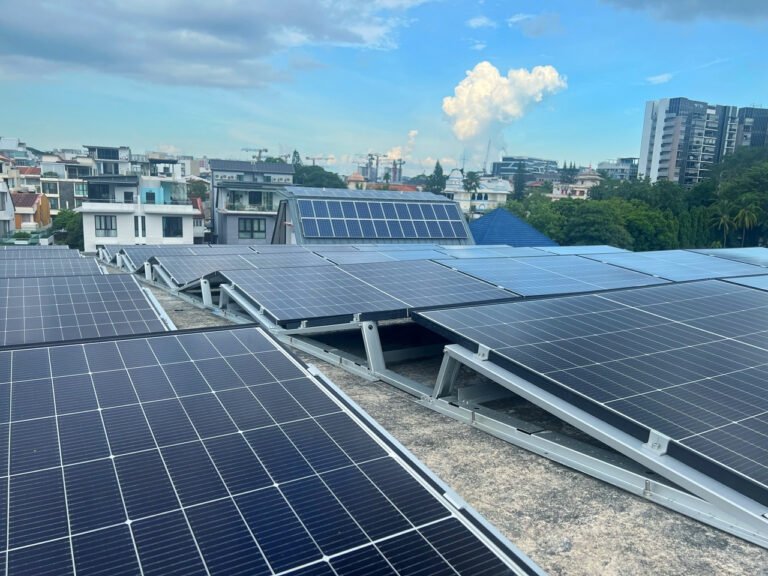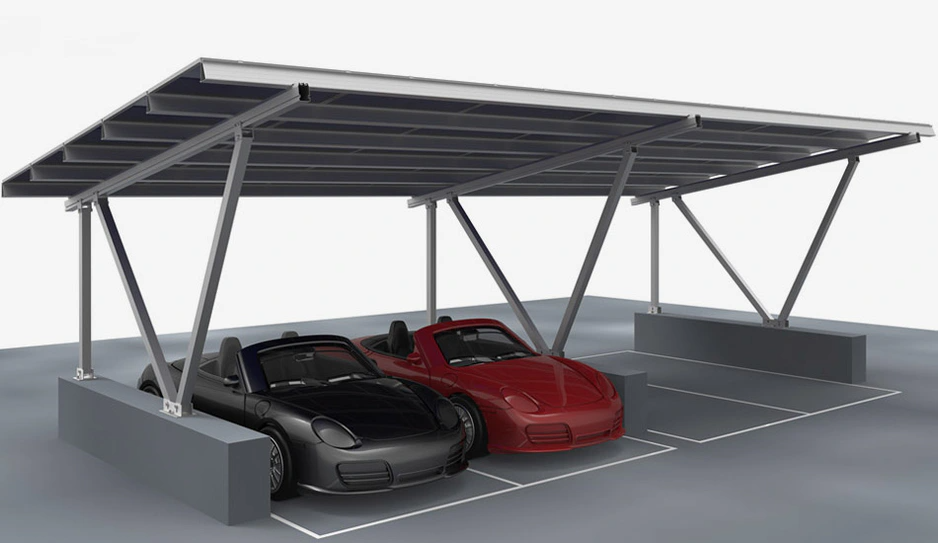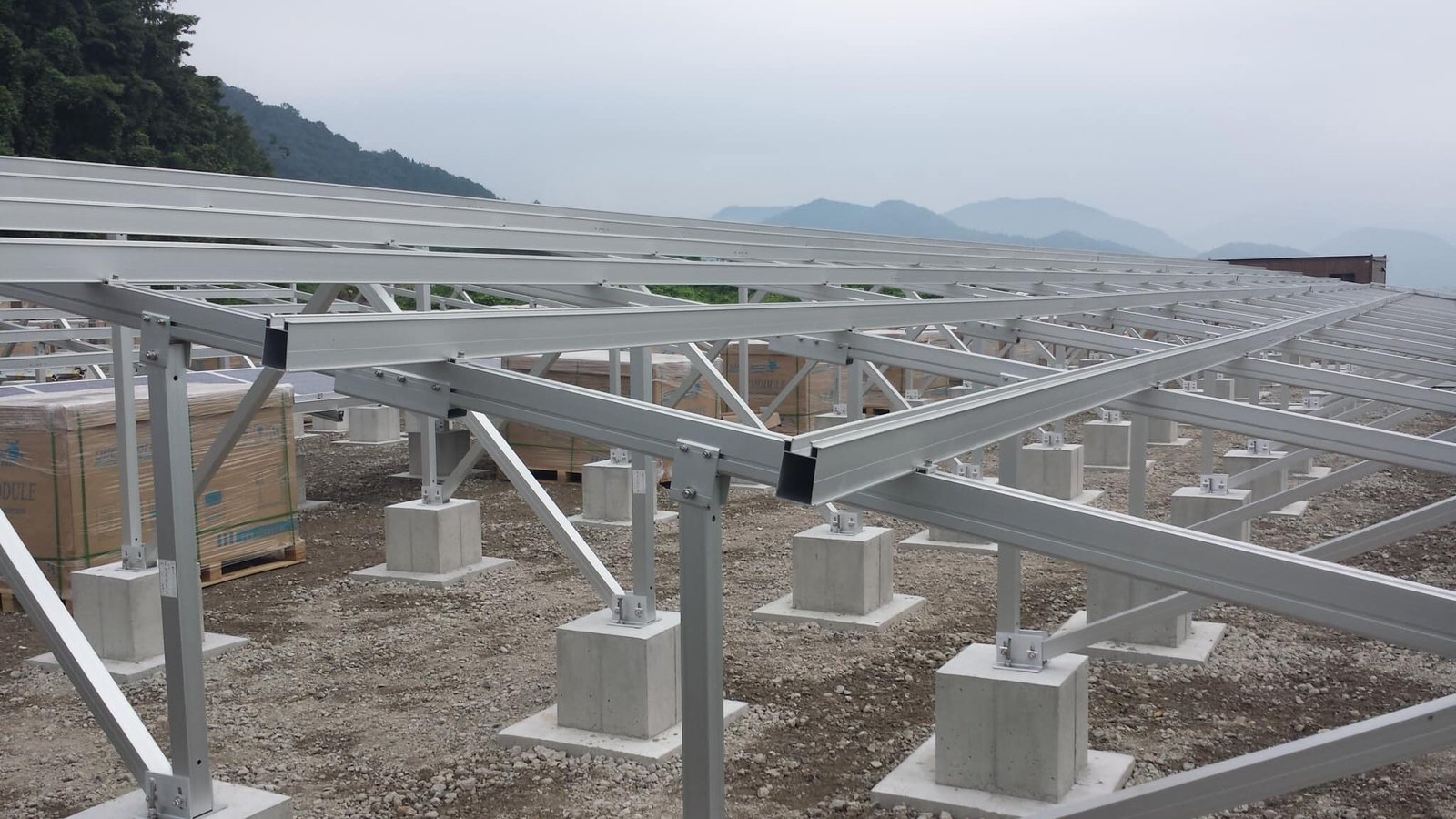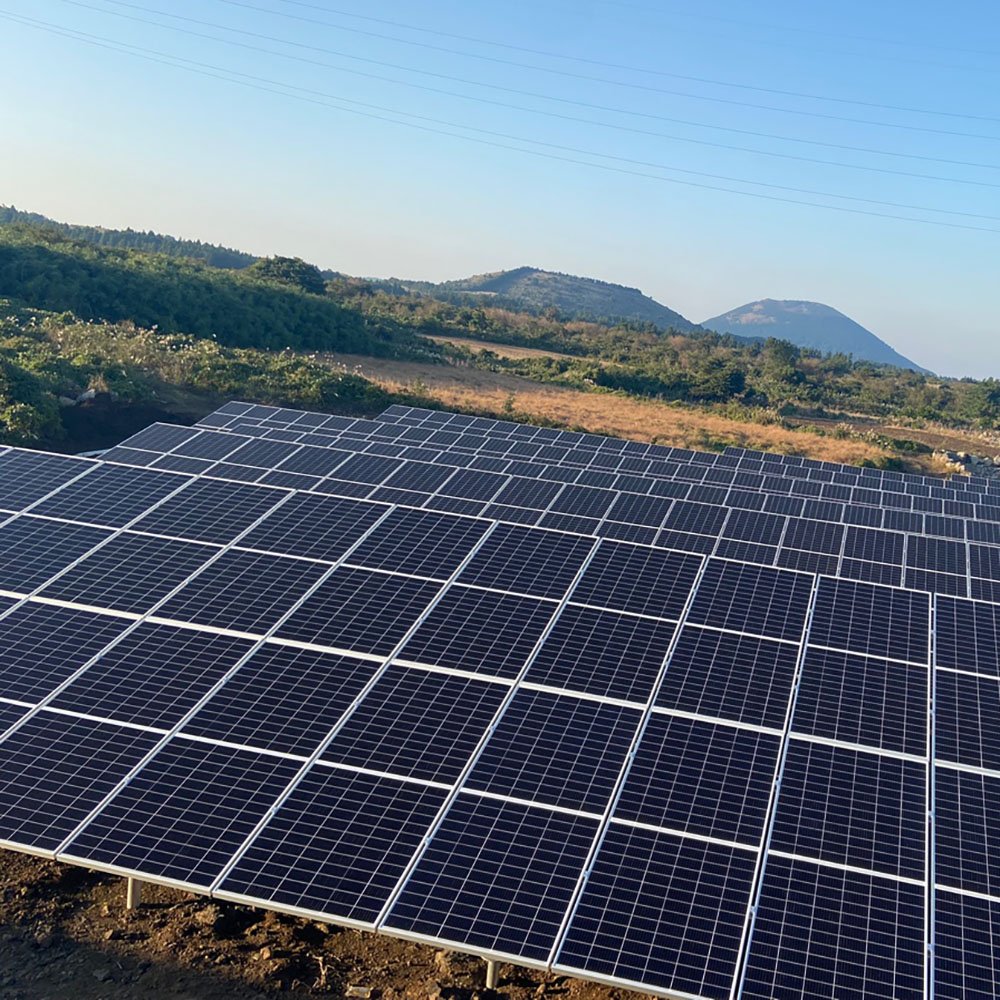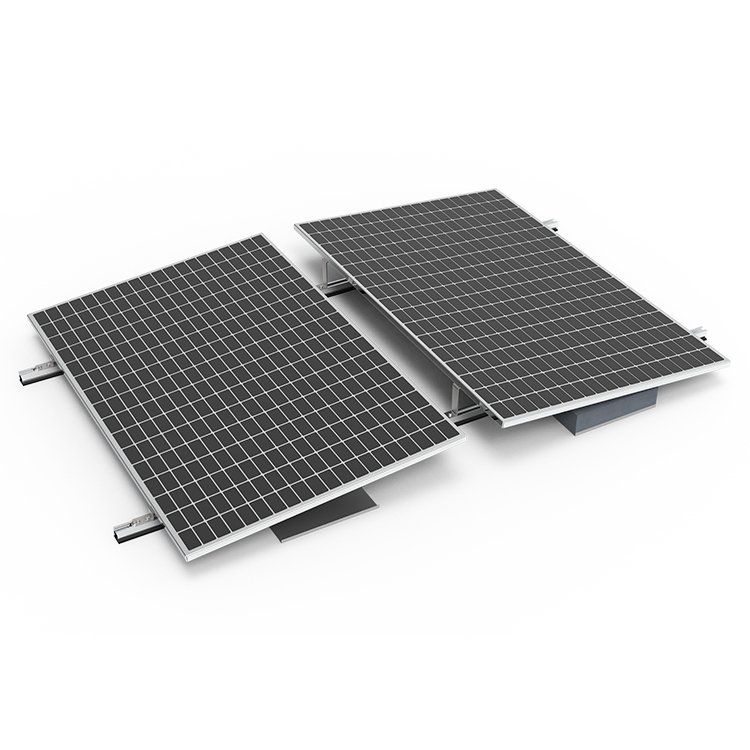-
中国福建省アモイ市海滄区興港一路322号2103室

Solar Power Generation Efficiency and Conversion Efficiency: Causes of Decrease and How to Improve
Table of Contents
What Is Solar Power Generation Efficiency?
Solar power generation efficiency refers to the percentage of sunlight converted into electrical energy. In general, solar systems today achieve around 20% efficiency. However, this can vary depending on installation conditions, equipment quality, and maintenance levels.
There are two important types of efficiencies:
- Generation Efficiency: Ratio of sunlight energy converted into electricity (target: about 20%).
- Conversion Efficiency: How effectively a solar panel converts sunlight into electrical energy at the panel and cell levels.
Types of Conversion Efficiencies
- Module Conversion Efficiency: Efficiency of an entire solar panel.
- Cell Conversion Efficiency: Efficiency of a single photovoltaic cell inside the panel.
Comparison with Other Renewable Energies
| Power Generation Type | Average Efficiency | Outline |
|---|---|---|
| Solar Power | ~20% | Directly converts sunlight to electricity via solar cells |
| Wind Power | ~40% | Converts wind energy into electricity using turbines |
| Hydroelectric Power | ~80% | Converts potential energy from falling water |
| Biomass Power | ~20% | Converts biological resources into energy |
| Geothermal Power | ~10% | Utilizes underground steam to generate electricity |
🧩 Tip: Hydroelectric plants achieve the highest efficiency among renewables, while solar energy, although lower in conversion, offers significant installation flexibility across regions.
How to Calculate Solar Module and Cell Conversion Efficiency
Module Conversion Efficiency Formula
Module Efficiency (%)=Rated Maximum Output (W)×100Irradiance (1,000 W/m²)×Module Area (m²)\text{Module Efficiency (\%)} = \frac{\text{Rated Maximum Output (W)} \times 100}{\text{Irradiance (1,000 W/m²)} \times \text{Module Area (m²)}}
Conditions:
- Irradiance: 1,000 W/m²
- Temperature: 25°C (Standard Test Conditions)
Cell Conversion Efficiency Formula
Cell Efficiency (%)=Rated Maximum Output (W)×100Irradiance (1,000 W/m²)×Area per Cell (m²)×Number of Cells\text{Cell Efficiency (\%)} = \frac{\text{Rated Maximum Output (W)} \times 100}{\text{Irradiance (1,000 W/m²)} \times \text{Area per Cell (m²)} \times \text{Number of Cells}}
Common Causes of Decreased Solar Generation Efficiency
Weather Conditions
Cloudy or rainy days reduce solar irradiance, resulting in lower power generation. This is particularly notable during winter when sunlight hours are shorter.
Surface Temperature Rise
Solar panels become less efficient as their surface temperature increases. For every 1°C rise above 25°C, output drops by approximately 0.4% to 0.5%.
Lack of Maintenance
Dust, bird droppings, pollen, and other debris on the panel surface block sunlight and lower output. Regular cleaning and inspections are crucial.
Aging Degradation
Solar panels typically last 20–30 years, but efficiency declines gradually over time due to material fatigue.
How to Improve Solar Power Generation Efficiency
1. Install Panels at Proper Orientation and Tilt
- Ideal Direction: Facing South (in the Northern Hemisphere)
- Ideal Tilt Angle: Around 30°
- Example: In Japan, installations are often optimized around 30° to maximize summer and winter sunlight capture.
2. Choose High-Efficiency Panels
Modern panels like monocrystalline modules offer higher efficiency (over 22%) compared to traditional polycrystalline ones.
🔗 See more: Solar Ballasted Roof Mounting Systems Manufacturer【8】
3. Conduct Regular Cleaning and Inspections
- Clean panels quarterly or bi-annually depending on the region.
- Monitor power generation daily to detect performance drops.
🔗 Also recommended: ソーラーマウント・アクセサリー【8】
4. Choose Suitable Mounting Structures
Efficient mounting systems reduce shading and improve airflow, helping lower panel temperature.
🔗 Check options:
Why Maintenance Should Be Considered During Solar Installation
When introducing solar systems, establish a maintenance schedule from the beginning.
If managing internally feels difficult, consider solutions like PPA (Power Purchase Agreement) models, where specialized providers manage system installation and maintenance.
Especially for businesses, this ensures:
- Reduced operational burden
- Lower maintenance risks
- No large initial investments
Related Product Links
- 🌎 地上設置型ソーラーシステム【8】
- 🏠 屋根設置型ソーラーシステム【8】
- 🚗 ソーラーカーポート取付システム【8】
- 🌊 フローティング・ソーラー・マウント・システム【8】
- 🔧 ソーラーマウント・アクセサリー【8】
Image Examples
| Example | Description |
|---|---|
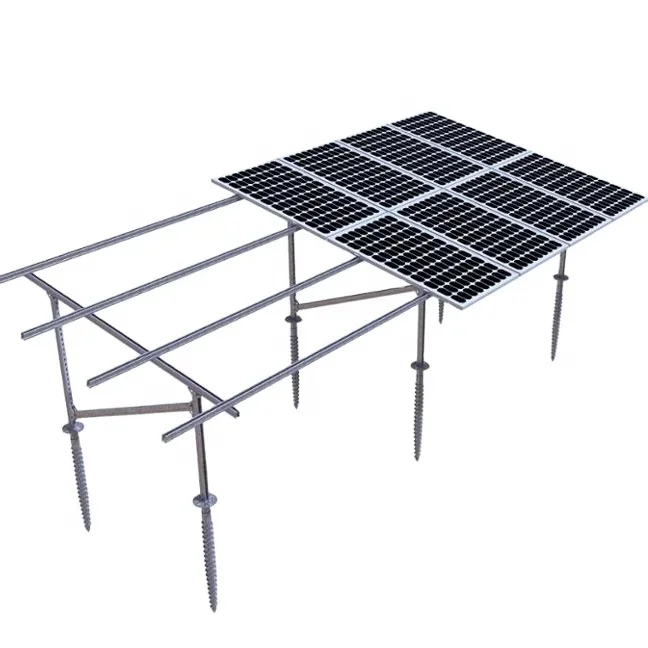 | C-Steel Ground Mount Solar Structure【8】 |
 | Standing Seam Roof Solar Bracket【8】 |
 | Double Solar Panel Carport Mount【8】 |

